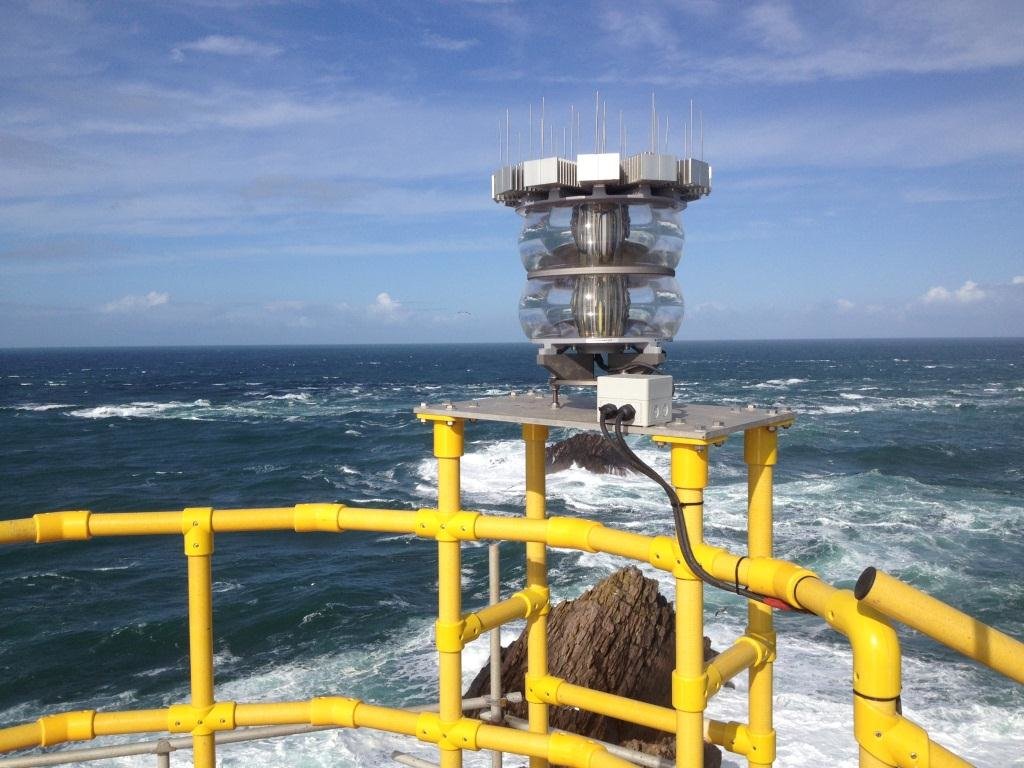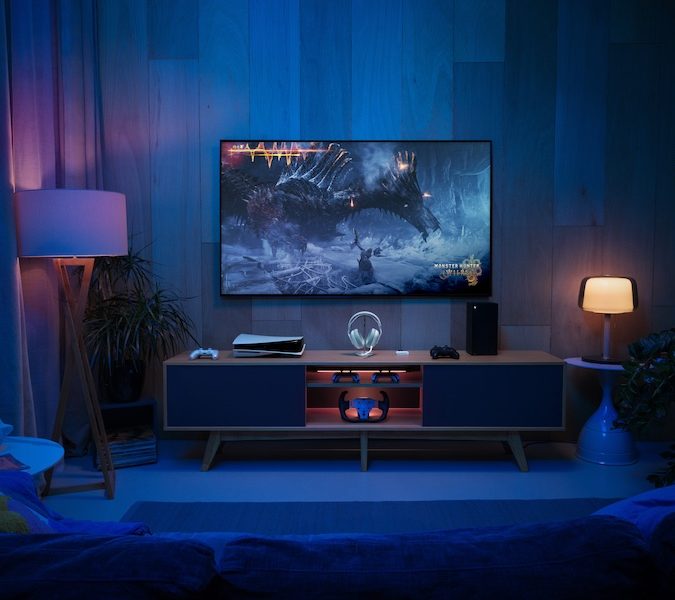
The New Zealand Inc brand is about more than just good food, great software and Richard Taylor – it’s also about powerful lights. Kiwi company Vega Industries has built a reputation as a world-leader in design and delivery of high-end lights and technology for the marine navigation market.
Founded in 1972, Vega and its staff of around 40 is the only New Zealand company designing and manufacturing for this niche market, exporting 80% of its product to North and South America, Europe, and the Middle East. Its navigational lights provide safe guidance in major waterways, ports and harbours from the English Channel, Panama Canal and Congo River to the coastal waters of the US.
Idealog talked to chief executive Arjen Maarleveld
?
- Why lights?
Vega was born out of a public sector R&D project back in the 1970s in the Physics and Engineering Laboratory (PEL) of the Department of Scientific and Industrial Research (DSIR).
The project was to develop a specialised harbour sector light, which became known as the PEL light. It had strong commercial potential so Vega Industries was established to refine and enhance the design concept into a commercially viable sector light. The Vega PEL continues to be an important part of the company’s product range, accounting for a significant percentage of our revenue.
Four decades later we are still investing heavily in home-based product research and development. In fact, we’re one of the few design, engineering and manufacturing firms that still does all critical steps on site – from prototype and testing to finished product – and we believe that gives us a competitive advantage. It means our engineers can keep tight control on the high-precision, highly technological processes involved in making what is often complex equipment.
A critical R&D investment area has been with LED technology, which became viable during the 1990s. At the time there was very little information available on how to use LEDs to meet the rigorous requirements of navigational lights, so we’ve done all that R&D work here, on site and have built up significant knowledge.
Nowadays there is probably no major port anywhere in the world without at least one Vega light. China probably represents the biggest untapped market, but comes with significant challenges.

- Why should Kiwis should be excited about Vega?
Vega is about more than lights. Software and systems are critical to what we deliver and represent some of our biggest growth opportunities. For that reason, we’ve built up a team of skilled software engineers.
For example, we produce technology to enable smart beacons to communicate with the hi-tech equipment now on board ships and in ports and to allow remote logging and management of beacons.
If problems occur, the monitoring system automatically sends off an emergency signal to an on-land monitoring station, which screens the signal to determine the type and nature of the fault.
It might cost a client up to $10,000 to make a maintenance visit to a lighthouse or beacon, so we can deliver enormous value through a product that can be controlled remotely and reports faults automatically.
Another area we are working on is in AIS (Automatic Identification System) technology, which is critical to marine safety. AIS is about automatic tracking for ships and traffic services, identifying and locating vessels through electronic data exchange. AIS is a very competitive niche market and Vega’s focused on getting an edge with new product launching in May this year.
Vega also has another smart communication technology with the Vega SMS (Short Message System) range, essentially a text-based remote management system that can be attached to beacons and works via the cellular network to remotely monitor and manage navigation aids.
Finally, we’re in the development phase of converting our existing PEL sector light range to operate using LED technology, reducing power consumption and maintenance costs. We are aiming for a 2016 launch.
_big.jpg)
- Tell us a little about your growth trajectory over the last 3 years.
Vega revenue is heavily driven by large port contracts and upgrades, so growth is never a given.
It requires constant sales and marketing effort to develop and maintain close industry relationships, to ensure we are aware of opportunities, and to support our clients and channel partners.
The key goal is to take Vega to the next level, leveraging the company’s reputation to push into new growth markets, such as private aids to navigation for ports, marinas and the oil and gas sector.
One advantage is that this is a strong growth area in countries where Vega’s reputation and client base is already well-established.
_big.jpg)
- What are the challenges and opportunities of operating out of NZ?
We’re in the same position as any other New Zealand technology company, facing challenges of distance, time zones, travel (which impacts on people as well as dollars). It is compounded for us by the fact our customer base is very widely distributed.
Doing business from New Zealand has benefits though. Kiwis are known for honesty and straight-forward trade and our business management is less bureaucratic and time consuming than in many countries.
We have had excellent support over the years with R&D funding from Callaghan Innovation and international and business systems advice from New Zealand Trade and Enterprise. Indeed, NZTE has played a key role in supporting our company’s export growth over the past six years with market research and advice to identify and facilitate trade and distribution partnerships and enhance marketing collateral.
- What are your top tips on nailing overseas distributor agreements
- Be picky. Find distributors who genuinely want to support your product, not just get a percentage based on your own sales efforts.
- Look for specialists who focus on your niche. Manage those distributors, meet with them, plan jointly and make sure they are rewarded for effort.
- Be prepared to cut them loose if they do not perform.

- What keeps you awake at night?
Fortunately, given the amount of time I spend travelling internationally, my main talent is sleeping on planes!
For me, the areas of concern are the overall pace of change and innovation in our industry, and the need to stay ahead of the curve. To stay competitive, we have to constantly focus on engineering costs out and maintaining quality.




